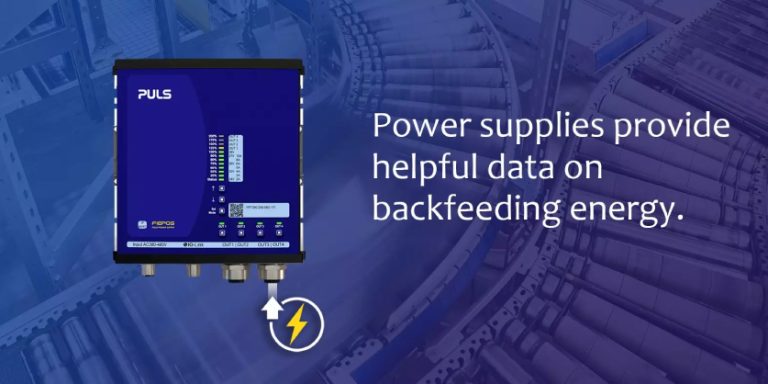Smart Buildings: the Smart Choice for Sustainability
October 17, 2023 By Ali Dika The sustainability benefits of smart homes are well publicised and those of us who have digital power outlets, smart thermostats and automatic lights know firsthand about the energy and cost savings. However, much less discussed is the broader adoption of smart building technology by companies and industries. With buildings…


